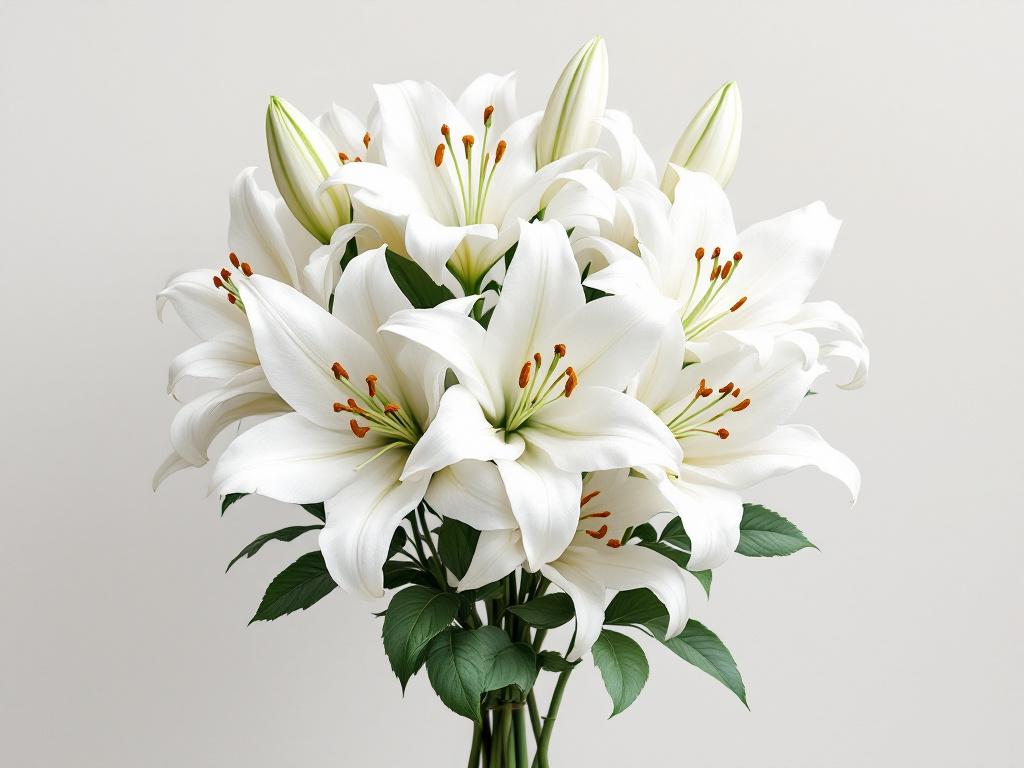
Monochromatic bouquets are floral arrangements that utilize various shades, tones, and tints of a single color. This concept allows florists to create striking and cohesive designs that evoke a specific mood or theme without the distraction of multiple colors. The appeal of monochromatic arrangements lies in their simplicity and elegance; they possess a unique ability to create harmony and a focused aesthetic that captures attention.
When it comes to selecting flowers for these arrangements, florists can integrate numerous species that share the same hue, focusing on factors such as texture and size. For instance, a bouquet composed of deep red roses, light pink peonies, and burgundy dahlias can create a stunning visual effect while maintaining a unified color palette. By utilizing various shades of a single color, the overall bouquet becomes a study in depth and dimension, allowing each flower to contribute its unique character without competing for attention.
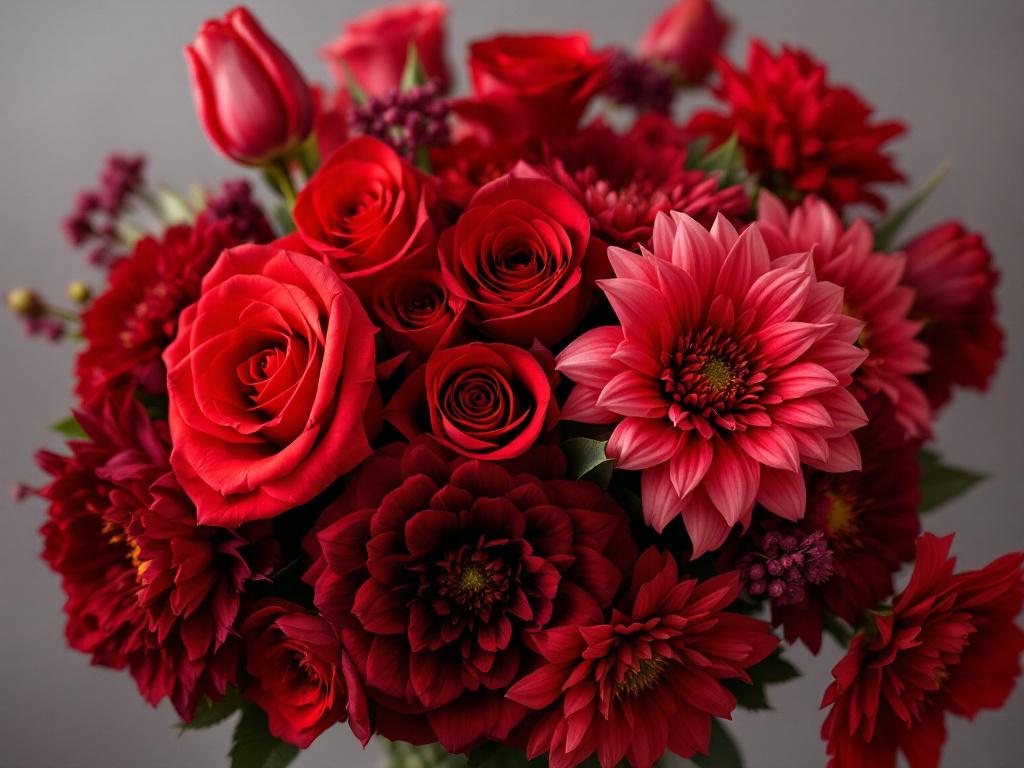
Popular color choices for monochromatic bouquets include soft pastels such as lavender, peach, or mint green, which evoke feelings of serenity and softness. On the other hand, bold hues like royal blue or vivid orange can instill a sense of vibrancy and energy. Additionally, neutral colors like whites, creams, and grays are often favored for their versatility, complementing a wide array of themes and occasions. Such choices can articulate different emotions, from the vibrancy and passion of red to the tranquility and calm of blues and greens.
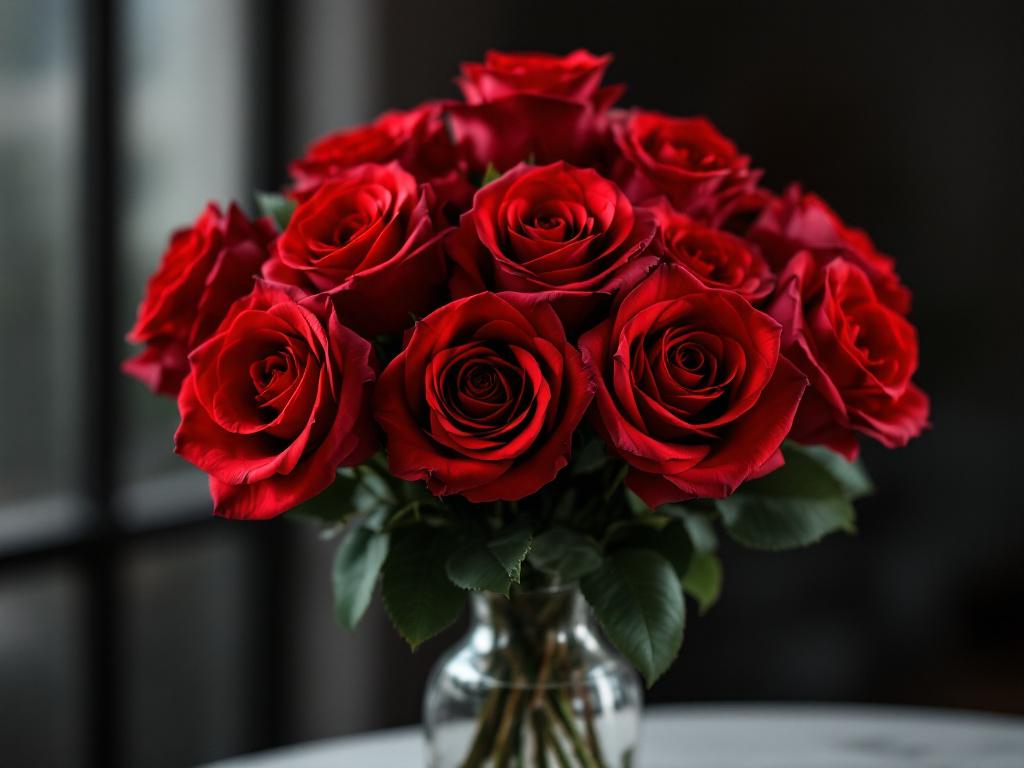
Overall, monochromatic bouquets offer a distinctive and versatile approach to floristry, allowing for an arrangement that exudes sophistication while also tapping into the emotional resonance of color. This elegant design style continues to captivate those seeking meaningful floral expressions for various occasions.
The Aesthetic Appeal of Monochromatic Floral Arrangements
Monochromatic floral arrangements have captivated the attention of both florists and event designers, presenting an unrivaled aesthetic charm that resonates across various occasions. These arrangements leverage a single color, utilizing its varying shades, tones, and textures to create a visually stunning effect. The allure of monochromatic bouquets lies not only in their simplicity but also in their ability to seamlessly blend with diverse environments, enhancing the overall ambiance of events from weddings to corporate gatherings.
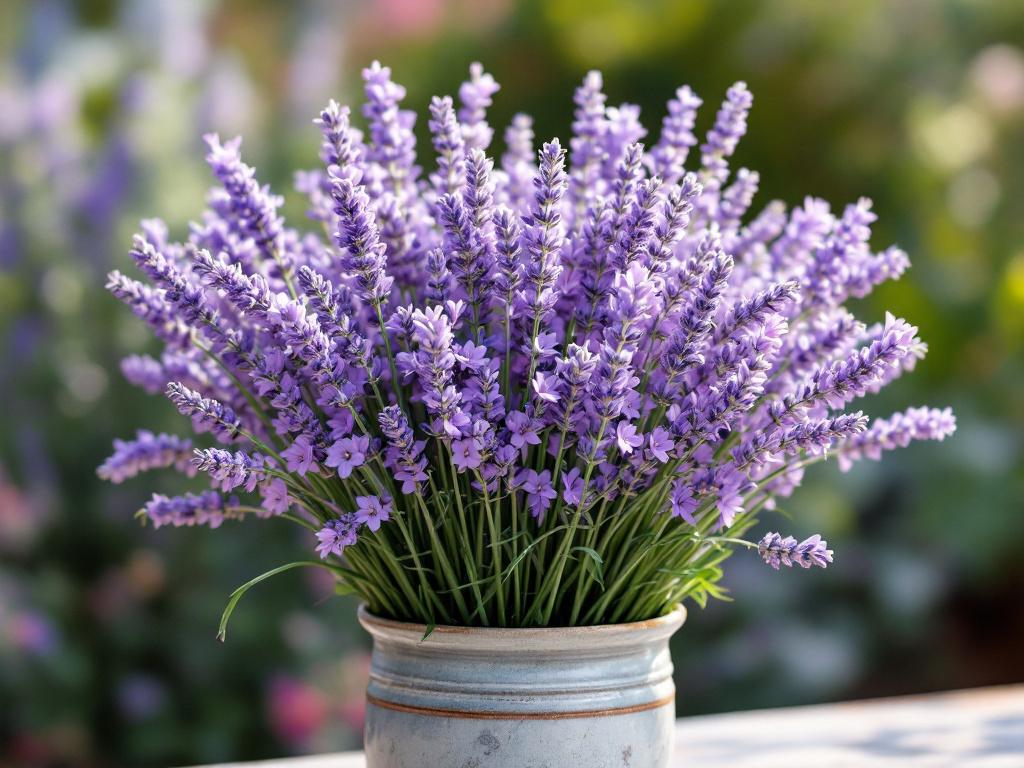
By employing just one color, florists can manipulate the depth and dimension of the arrangement through strategic use of light and dark shades. For example, an arrangement utilizing deep red roses paired with soft pink peonies can evoke passion while instilling a sense of harmony. This interplay of shades enriches the visual experience, allowing for a more profound emotional connection with the viewer. The careful selection of flower types further enhances this effect; combining varieties with differing textures, such as velvety tulips and feathery astilbes, contributes to a striking visual narrative within a monochromatic palette.
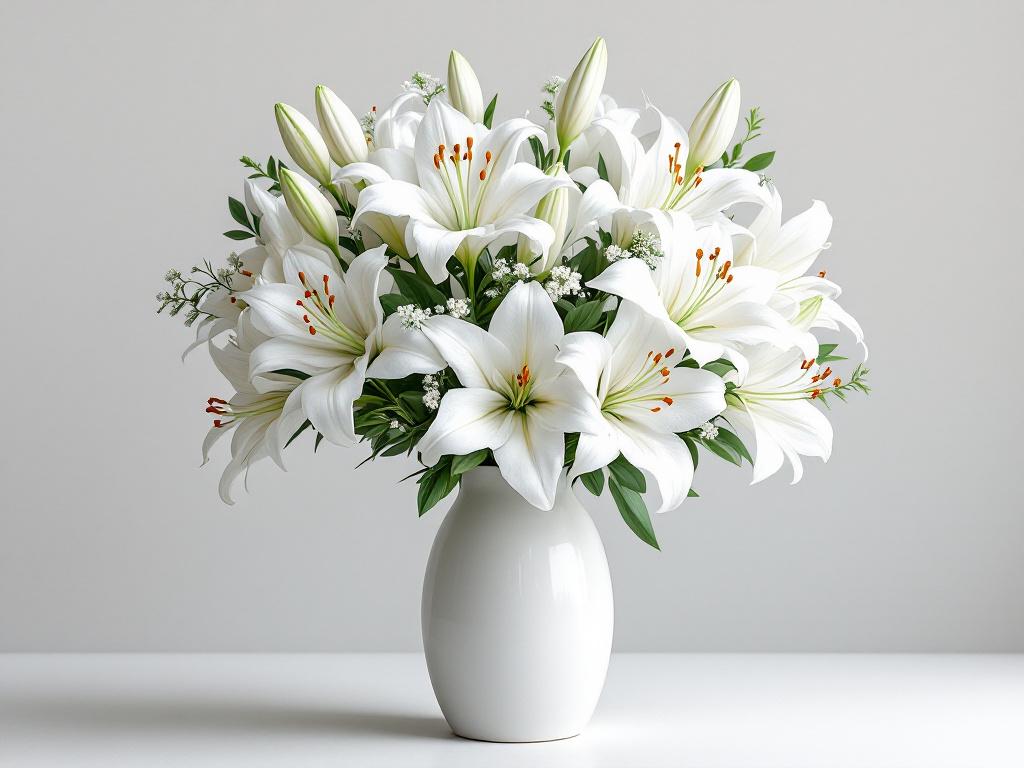
Furthermore, monochromatic bouquets are preferred by designers due to their versatility. These arrangements can be tailored to fit any setting or theme, whether it is a formal gala or an intimate gathering. The cohesive color scheme can add a serene elegance, fostering a calming ambiance while simultaneously drawing attention to the beauty of individual blooms. Additionally, the use of monochromatic floral designs in home decor offers an element of sophistication, allowing homeowners to create coordinated spaces that reflect their personal style.
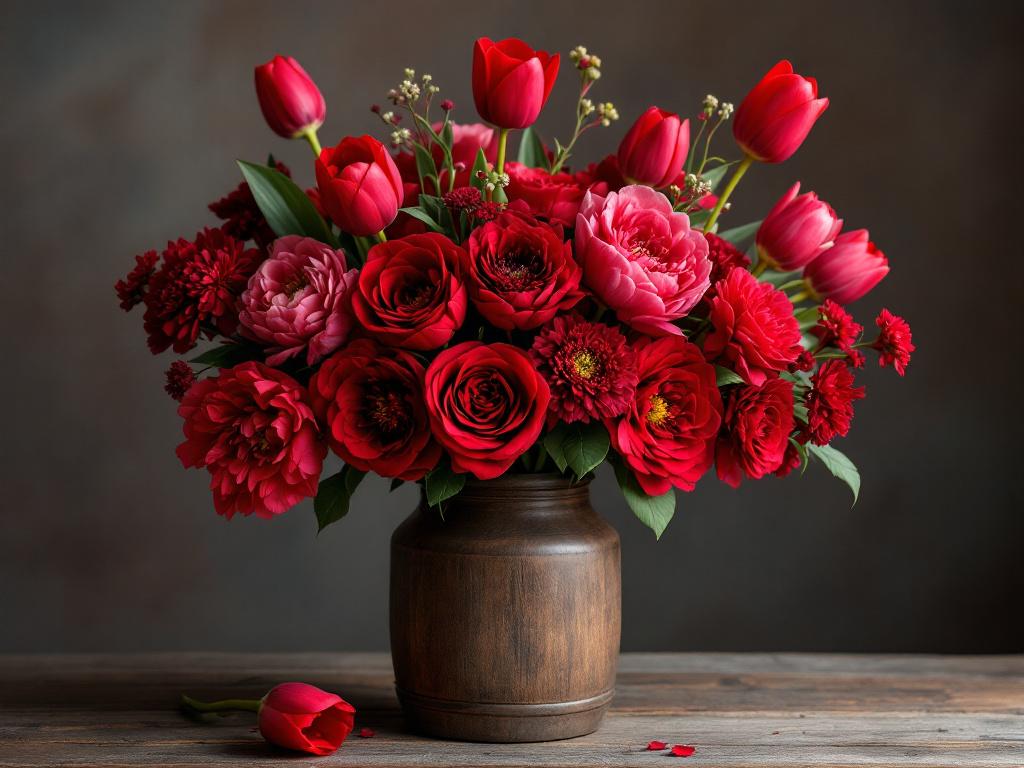
In summary, the aesthetic appeal of monochromatic floral arrangements stems from their ability to evoke specific emotions while offering versatility across a range of settings. This trend not only highlights the beauty of flowers but also enhances the environments in which they are displayed, making them increasingly popular among florists and designers alike.
Color Psychology in Monochromatic Bouquets
Color psychology plays a pivotal role in the art of floristry, particularly in the design of monochromatic bouquets. Monochromatic arrangements, consisting of varying shades and tints of a single hue, carry profound emotional connotations. These colors can evoke specific feelings and convey various messages, making the selection process critical in achieving the desired emotional impact for any occasion. For instance, red, often associated with passion and love, is frequently chosen for romantic events, such as weddings or anniversaries.
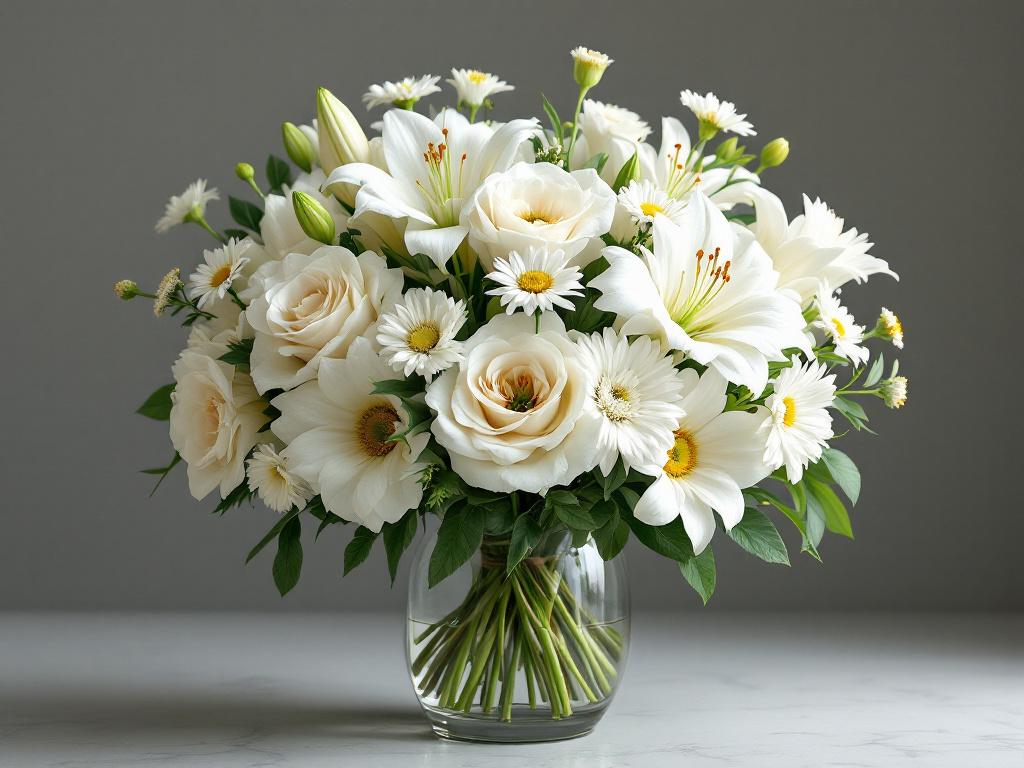
Different hues within the same color family can influence perceptions and emotions uniquely. A soft pink, for example, inspires calmness and gentleness, making it a popular choice for sympathy flowers or nurturing gifts. In contrast, bold purples may signify luxury and creativity, appealing to vibrant celebrations or artistic expressions. Understanding these color associations allows florists to tailor their designs to suit the occasion or sentiment they aim to express, ensuring the bouquet’s visual impact aligns harmoniously with the underlying message.
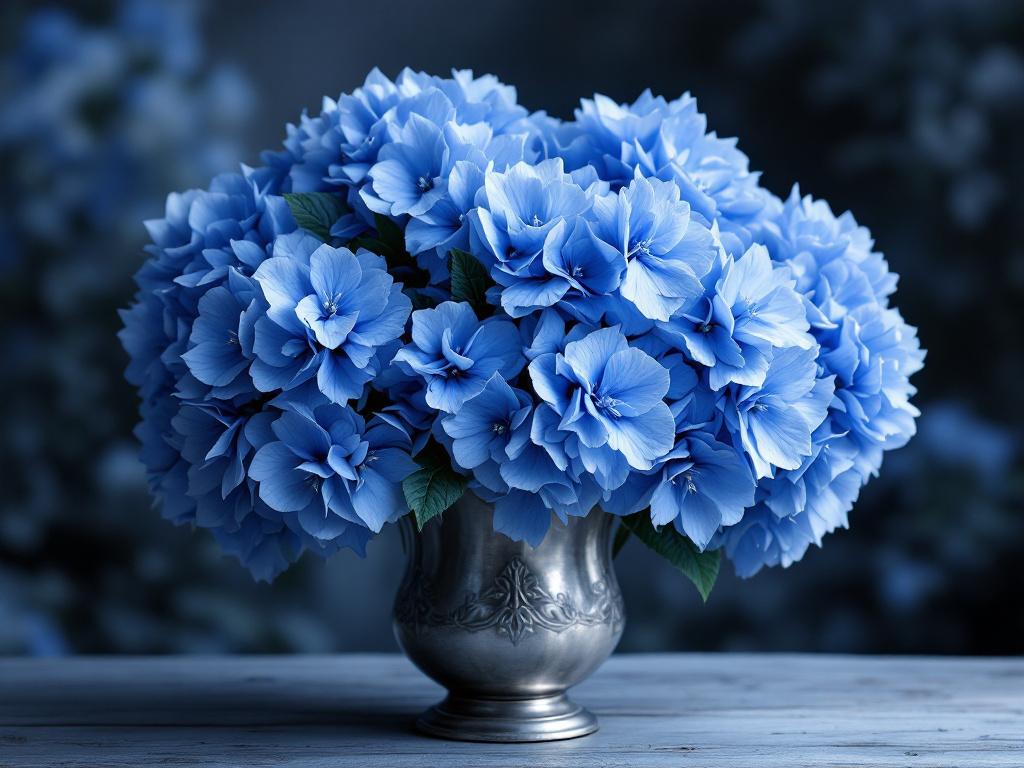
Moreover, florists can leverage color psychology to evoke desired responses from recipients. By utilizing warmer shades, such as oranges and yellows, designers can produce bouquets that radiate happiness and optimism, making them ideal for cheerful occasions like birthdays or graduations. Similarly, cooler shades like blues and greens can be used to create a sense of peace and tranquility, suitable for events involving healing or remembrance. Such intentionality in color selection enhances the bouquet’s thematic relevance while also elevating the emotional experience for both the giver and the recipient.
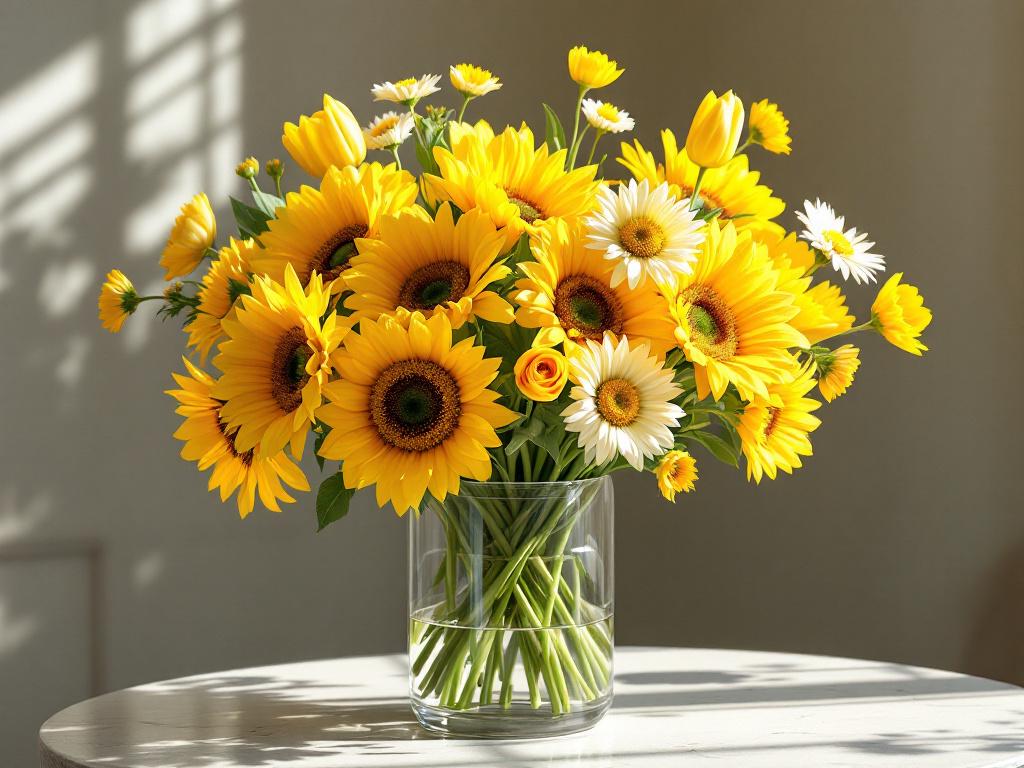
Through a considered approach to color choices, florists can effectively communicate complex messages or themes in their monochromatic designs. This not only enriches the visual appeal of the arrangements but also deepens the emotional resonance of floral gifts, making them more meaningful and impactful.
Tips for Creating Your Own Monochromatic Bouquets
Creating a stunning monochromatic bouquet can be a rewarding endeavor for both novice and experienced florists alike. To craft an exceptional arrangement, begin by selecting a single color theme, which could range from soft pastels to bold hues. The first step in this creative journey is to choose your base color and consider the various shades within that spectrum. For example, if your main color is blue, explore the gradients from pale sky blue to deep navy, incorporating a variety of blooms that embody those tones.
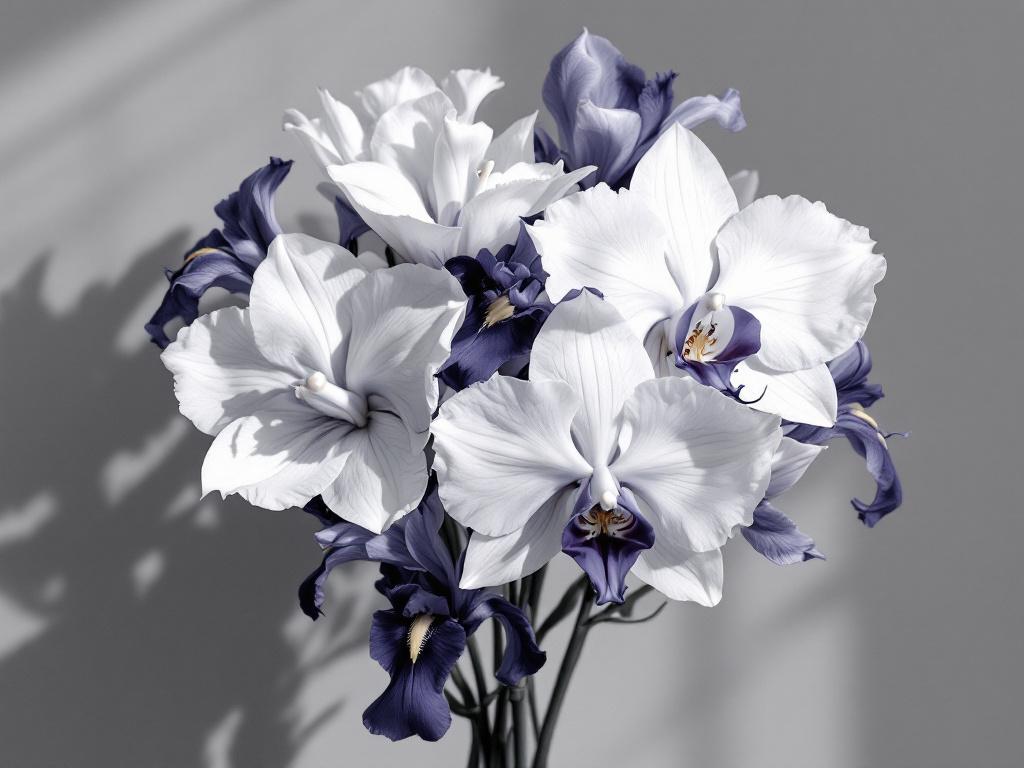
When selecting flowers, aim for diversity in species to add interest and depth to your bouquet. For instance, you might combine hydrangeas with delphiniums and forget-me-nots, each flower contributing its unique form while remaining within the chosen color scheme. Additionally, consider the texture of your blooms; pairing smooth petals with more rugged foliage can enhance the overall visual appeal. Incorporating different leaf shapes and stems can also enrich your design and elevate the monochromatic theme.
Balancing shades is crucial in designing an effective monochromatic bouquet. If you introduce darker or lighter shades, they should complement, rather than dominate, the overall aesthetic. A well-considered arrangement can guide the eye, creating a pleasing flow that captures the viewer’s attention. Take advantage of tools such as flower arranging foam or wire, which can help reinforce the structure of your bouquet.
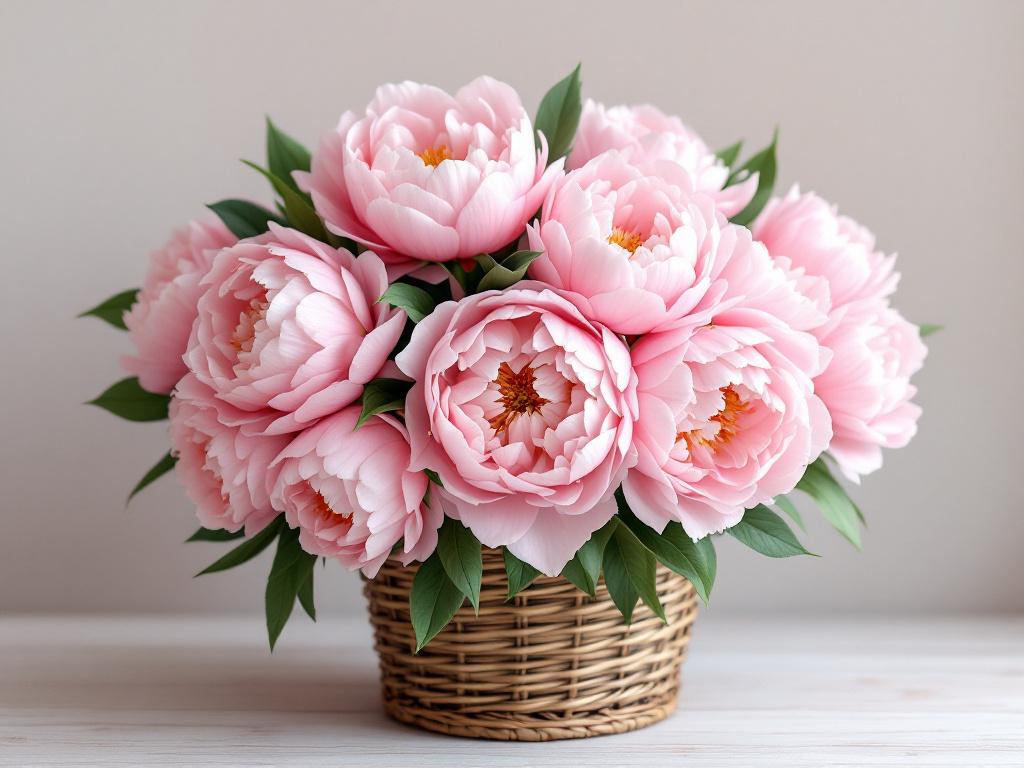
For further inspiration, visit local florists or browse online platforms dedicated to floral design. Many florists provide workshops, resources, and tutorials that can enhance your skills and ideas. Engaging with a community of flower enthusiasts can also provide valuable feedback and support as you experiment with your monochromatic creations.
